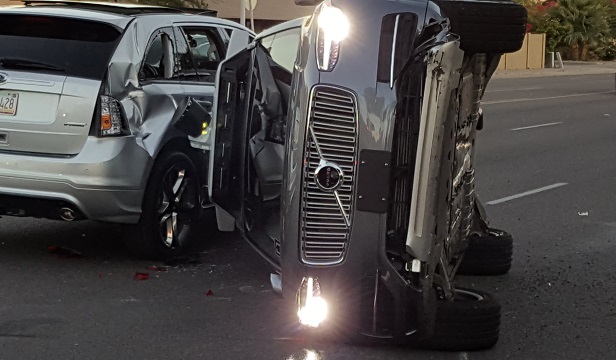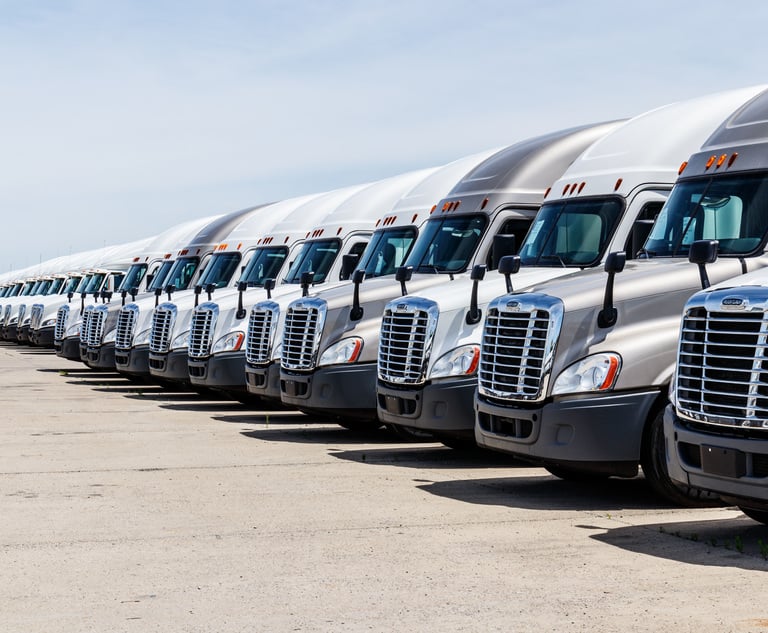
News this week of what is likely the first pedestrian fatalitycaused by an autonomous vehicle illuminatedongoing safety concerns around emerging driverless vehicletechnology — and rightfully so.
|A self-driving car from Uber hit and killed a womanin Tempe, Arizona, on Sunday, March 18, 2018. The woman wasreportedly crossing a road outside of a crosswalk when the vehicle,operating in autonomous mode under the supervision of a humansafety driver, struck her, according to the Tempe PoliceDepartment.
|Additional details from this incident are not yetavailable. But a look at pedestrian deaths in general isilluminating.
|Related: Top 8 consumer concerns about self-drivingcars
|Numbers help tell the story
In 2015, 5,396 pedestrians were killed and another 70,000 wereinjured, according to National Highway Transportation Safety Administration(NHTSA). This equates to a pedestrian being killed every 1.6hours, and injured every 7.5 minutes.
|Pedestrian fatalities rose by 11% from 2015 to 2016, likely dueto lower gas prices putting more cars on the road, and distracteddrivers and walkers.
|Most pedestrian fatalities (74%) occurred in the dark. Considerthat neither a human driver nor an autonomous vehicle can easilyspot nighttime pedestrians wearing dark clothing.
|Early reports from the Uber crash indicate the incident happenedat about 10 p.m.
|Related: How some insurers will survive driverlesscars
|Spring fever
Between March and May, most pedestrian fatalities occur between9 p.m. to 11:59 p.m.
|Most fatalities occur at non-intersections.
|Weekends, which are defined as from 6 p.m. Friday to 5:59 a.m.Monday, are the most common days for accidents. (It follows thatthe fatal Uber accident took place on a Sunday evening.)
|In fact, given the existing statistics, this accident was notunusual, other than the fact that an autonomous vehicle wasinvolved.
|Related: The most dangerous U.S. cities forpedestrians
|Assigning responsibility
Most of the details surrounding Uber's collision in Tempe havenot been released, but if the collision was easily foreseeable andavoidable, questions will arise regarding Uber's safety protocolsand the effectiveness of its self-driving technology.
|And, a number of other questions remain. For instance, might thevictim have darted suddenly in front of the vehicle, providing notime to stop?
|While autonomous vehicles supposedly stop fasterthan human drivers, if the pedestrian was not visible to thevehicle or the human driver, the fault will lie with thepedestrian. The difficulty here will be getting people to analyzethis accident for what it truly was, and not jump to conclusionsthat autonomous vehicles are more dangerous than those driven byhuman.
|Here are some other pertinent questions:
- Will the manufacturer of the vehicle be held liable?
- Will the safety driver be held liable?
- Will the pedestrian be at fault for walking into the road?
- Or, will this be seen as simply an accident with no oneactually at fault?
Regardless of how the details help determine liability in thispedestrian fatality, human safety has been a pressing concern sinceautonomous vehicles were first discussed.
|However this sorts out, it will be incredibly significant forthe future of autonomous vehicles, their liability andinsurability.
|Christine G. Barlow, CPCU, is managing editorof FC&S, a division of National Underwriter Co. andALM Media. She may be reached at [email protected].
|See also:
|5 most walkable cities that are the most dangerousfor pedestrians
|Here's how self-driving cars are already impactingcities and towns
Want to continue reading?
Become a Free PropertyCasualty360 Digital Reader
Your access to unlimited PropertyCasualty360 content isn’t changing.
Once you are an ALM digital member, you’ll receive:
- All PropertyCasualty360.com news coverage, best practices, and in-depth analysis.
- Educational webcasts, resources from industry leaders, and informative newsletters.
- Other award-winning websites including BenefitsPRO.com and ThinkAdvisor.com.
Already have an account? Sign In
© 2024 ALM Global, LLC, All Rights Reserved. Request academic re-use from www.copyright.com. All other uses, submit a request to [email protected]. For more information visit Asset & Logo Licensing.








